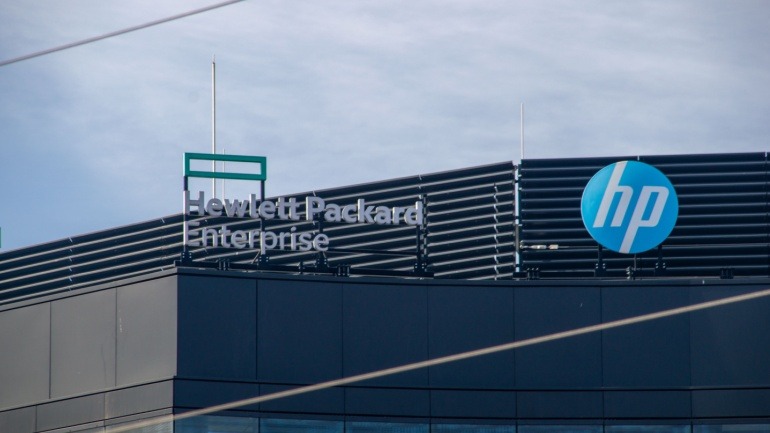Europe’s digital infrastructure wave is captivating stakeholders, especially data centers. A €1.7 billion Deutsche Glasfaser deal highlights this boom amid complex AI Gigafactory delays. As demand for cloud computing and VoIP services rises, data center investments promise growth despite energy challenges. Fibre networks further boost connectivity, vital for VoIP advancements.
Explore the exciting transformation of IoT, as it evolves from unfulfilled promises to tangible realities by 2025. IoT, crucial for modern businesses, now drives substantial improvements in operations and efficiency. With The Things Industries leading the charge, low-power IoT networks enhance safety, quality, and asset management across sectors.
HCLTech is enhancing its telecom capabilities through the strategic acquisition of HPE’s Telco Solutions business. This expands HCL’s expertise in VoIP, AI, and cloud-native services for the telecom sector. Incorporating Telco Solutions, HCLTech strengthens its telecommunication IP, product engineering, and fosters relationships with Communication Service Providers globally.
Madrid is revolutionizing public safety by integrating advanced 5G capabilities into its emergency services. In collaboration with Orange and Ericsson, the city now boasts a dedicated 5G network slice for emergency responders. This ensures resilient, high-speed communication for police, fire, and medical teams, even amidst network congestion.
Critical Manufacturing has partnered with Canonical to revolutionize cloud-native manufacturing through integrated deployment solutions. By merging Critical Manufacturing’s MES with Canonical’s Kubernetes-based cloud technologies, this collaboration enables manufacturers to scale production securely and efficiently. This partnership facilitates real-time visibility, flexible operations, and seamless infrastructure alignment for modern digital transformation in manufacturing.
Amazon’s potential $10 billion investment in OpenAI, renowned for creating ChatGPT, signifies a pivotal shift in the AI and cloud industry dynamics. By challenging Microsoft’s exclusive partnership with OpenAI, Amazon could integrate ChatGPT’s capabilities into its enterprise solutions, enhancing its competitive edge in VoIP and cloud services.
Vodafone and Three have unveiled plans to establish 400 UK-based customer service roles, reversing previous outsourcing trends. With the merger driving this change, Belfast and Sheffield will host these positions, enhancing Vodafone’s local presence. This recruitment aligns with Vodafone’s broader commitment to fortifying UK connectivity and support.
Vodafone is meeting UK MPs amid allegations about its franchising operations, raising significant political interest. The controversy touches on corporate governance and franchisee mental health, drawing parallels to the Post Office scandal. Accusations of rate-cutting impact on profitability might prompt UK franchising law reviews, leading to potential reforms.
2025 marked a transformative era for the Test and Measurement sector, with groundbreaking advancements from orbital data centers to photonic AI satellites. A crucial highlight was Vodafone’s collaboration for 5G SA networks, enhancing telecom with automated software. Emerging markets like AI data centers and satellite communications experienced a notable focus shift.
The latest Ookla report reveals that cellular connections now surpass Wi-Fi at U.S. airports, averaging double the download speed. Travelers, who traditionally relied on public Wi-Fi, are shifting towards cellular services from major carriers like Verizon, T-Mobile, and AT&T for faster, more secure connections. This trend highlights the need for improved VoIP reliability at airports.













